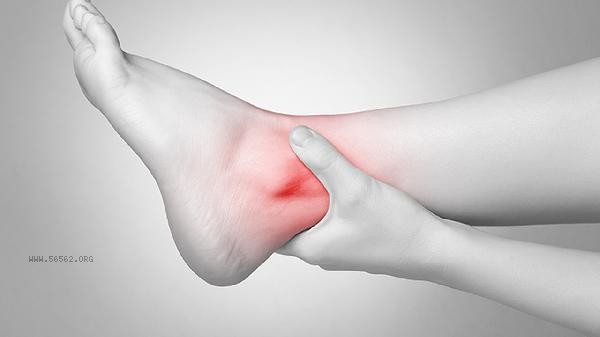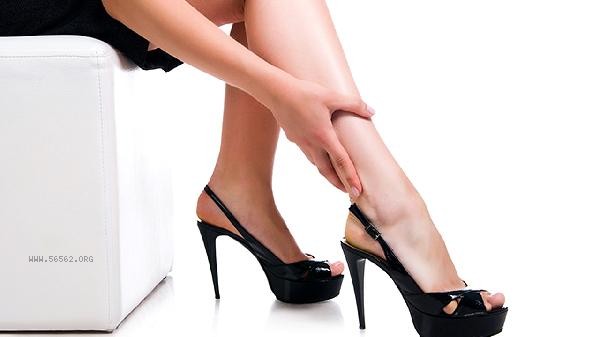Losing weight in the feet may be caused by factors such as weight loss, muscle atrophy, poor blood circulation, endocrine disorders, or nerve damage. The thinning of women's feet is usually related to physiological changes or potential health problems, and should be judged comprehensively in combination with other symptoms.

1. Weight loss
Systemic weight loss can lead to a decrease in adipose tissue, and the feet, as a part with less fat distribution, may become more noticeably thinner. Short term weight loss may be caused by excessive dieting, digestive and absorption disorders, or chronic wasting diseases. It is recommended to maintain a healthy weight through a balanced diet and moderate exercise, and avoid extreme weight loss methods.
2. Muscle atrophy
Long term lack of exercise or bed rest may lead to foot muscle atrophy, manifested as a reduction in foot circumference. Patients with diabetes may have distal neuromuscular atrophy, often accompanied by numbness and tingling. Moderate exercises such as grabbing towels and standing on tiptoes can help maintain muscle mass.
3. Poor blood circulation
Lower limb venous reflux disorders or insufficient arterial blood supply may lead to local tissue malnutrition, causing foot muscle atrophy. Patients with Reynaud's syndrome may experience foot vascular spasm when exposed to cold, which may affect tissue metabolism in the long term. It is recommended to avoid prolonged sitting and standing, and wear loose shoes and socks to improve circulation.

4. Endocrine disorders
hyperthyroidism accelerates metabolism and may cause limb wasting. Decreased estrogen levels in menopausal women can affect fat distribution. When Cushing's syndrome leads to the accumulation of fat towards the heart, the limbs may become relatively thin. This type of situation requires a clear diagnosis through hormone testing.
5. Nerve injury
Lumbar intervertebral disc herniation compressing nerve root may cause lower limb muscle atrophy, and diabetes peripheral neuropathy may also cause foot muscle atrophy. This type of situation is often accompanied by symptoms such as pain and sensory abnormalities, and requires timely diagnosis through electromyography and other examinations.

When women notice unexplained weight loss in their feet, it is recommended to record recent weight changes, diet and exercise, and observe whether it is accompanied by fatigue, pain, or other areas of weight loss. The nutritional status can be improved by increasing the intake of high-quality protein and foot exercise. If you continue to lose weight or have other symptoms, you should seek medical advice in a timely manner to troubleshoot diabetes, thyroid diseases and other potential problems. Pay attention to choosing shoes that fit well and are breathable in daily life, and avoid wearing high heels for a long time that can affect foot blood circulation.








Comments (0)
Leave a Comment
No comments yet
Be the first to share your thoughts!